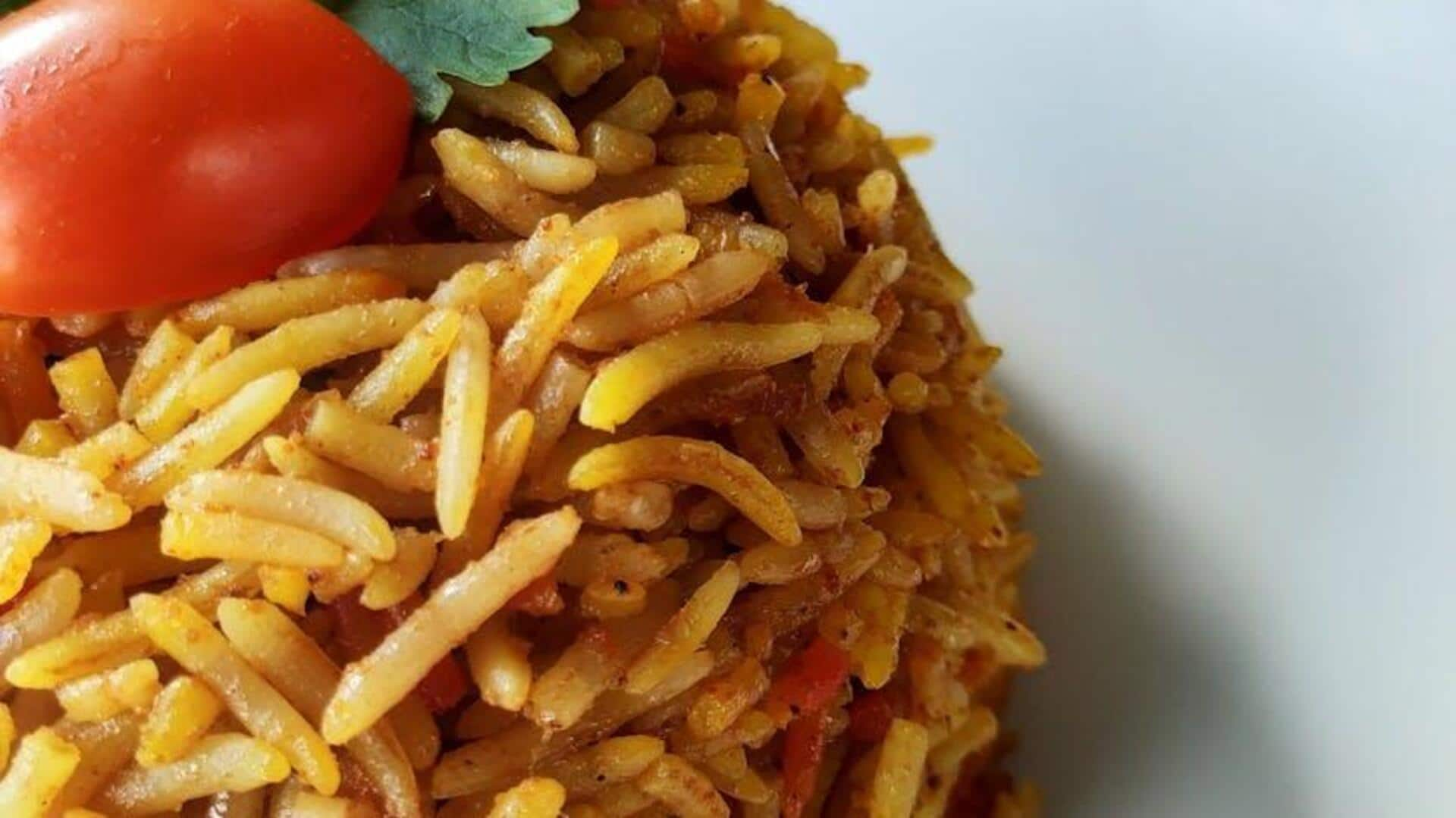
Vegetarian biryani's journey: Origin, history, and variations
What's the story
Vegetarian biryani, a favorite with South Asian origins, has evolved a lot on its journey across continents. The fragrant rice dish, typically prepared with a melange of spices and vegetables, has adjusted to local palates and ingredients, no matter where it goes. From Asia to Europe and elsewhere, vegetarian biryani keeps evolving while staying true to itself. Here's how it has transformed across regions.
#1
Asian variations of vegetarian biriyani
In Asia, vegetarian biryani is usually spiced with local spices and herbs depending on the area. In India, saffron and cardamom are used for their rich flavors. Southeast Asia gives the dish a unique twist by adding lemongrass or pandan leaves. Locally grown vegetables such as carrots, peas, and potatoes are used across all variations. Each country puts its own spin while maintaining traditional preparation methods.
#2
European influence on vegetarian biryani
As vegetarian biryani traveled to Europe, it transformed to appease Western taste buds. European variations often use seasonal vegetables like zucchini or bell peppers that don't feature in traditional recipes. Using olive oil instead of ghee is another transformation adopted in many European kitchens. These adjustments are a reflection of the ingredients available and dietary preferences common in Europe.
#3
North American adaptations
In North America, vegetarian biryani has been widely accepted by different communities, allowing for more creative adaptations. Quinoa is sometimes used as a substitute for rice, given its popularity as a health food staple. There is also a focus on organic produce, which fits the growing health-conscious trends among consumers in this region.
#4
Middle Eastern twists on vegetarian biriyani
The Middle East adds its own unique touches to vegetarian biryani with dried fruits such as raisins and apricots for sweetness, along with nuts such as almonds or pistachios for texture. These ingredients combine well with the soft basmati rice, which is cooked with traditional techniques to keep the dish's authenticity intact while embracing new influences.